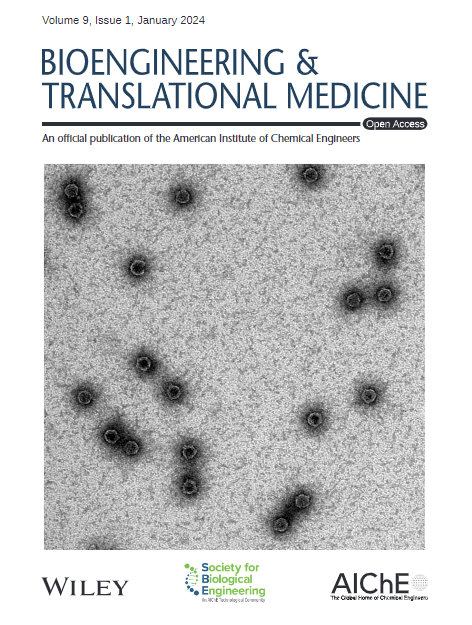Patient‐specific visco‐hyperelastic mechanical model for breast tumor localization in surgical planning
IF 6.1
2区 医学
Q1 ENGINEERING, BIOMEDICAL
引用次数: 0
Abstract
Breast‐conserving surgery is typically performed with the patient in a supine position, whereas preoperative diagnostic MRI breast images are obtained with the patient in a prone position. The change in patient positioning causes significant large deformations, requiring preoperative localization of the detected lesions. Developing an individual‐specific breast biomechanical model capable of simulating these deformations remains challenging yet highly desirable. This study presents a novel approach that combines finite element analysis with the optimization of mechanical properties of breast tissues, using only surface information to construct a personalized deformation model of the breast. A visco‐hyperelastic model is employed to characterize the stress–strain relationship of breast tissue. The proposed method has been tested on 15 cases of breast cancer and achieves a tumor localization error of 8.12 ± 4.15 mm. The results show that this approach provides an accurate and realistic estimation of large breast tissue deformations and yields smaller tumor localization errors compared to previously reported methods.手术计划中乳腺肿瘤定位的患者特异性粘弹性力学模型
保乳手术通常在患者仰卧位时进行,而术前诊断性MRI乳房图像则在患者俯卧位时获得。患者体位的改变会导致明显的大变形,需要在术前对检测到的病变进行定位。开发一个个体特异性的乳房生物力学模型能够模拟这些变形仍然具有挑战性,但也是非常可取的。本研究提出了一种将有限元分析与乳房组织力学性能优化相结合的新方法,仅使用表面信息构建个性化的乳房变形模型。采用粘-超弹性模型来描述乳腺组织的应力-应变关系。该方法对15例乳腺癌进行了测试,肿瘤定位误差为8.12±4.15 mm。结果表明,与先前报道的方法相比,该方法提供了准确和现实的大乳房组织变形估计,并产生更小的肿瘤定位误差。
本文章由计算机程序翻译,如有差异,请以英文原文为准。
求助全文
约1分钟内获得全文
求助全文
来源期刊

Bioengineering & Translational Medicine
Pharmacology, Toxicology and Pharmaceutics-Pharmaceutical Science
CiteScore
8.40
自引率
4.10%
发文量
150
审稿时长
12 weeks
期刊介绍:
Bioengineering & Translational Medicine, an official, peer-reviewed online open-access journal of the American Institute of Chemical Engineers (AIChE) and the Society for Biological Engineering (SBE), focuses on how chemical and biological engineering approaches drive innovative technologies and solutions that impact clinical practice and commercial healthcare products.
 求助内容:
求助内容: 应助结果提醒方式:
应助结果提醒方式:


